6. The Rite (1969) – Ingmar Bergman
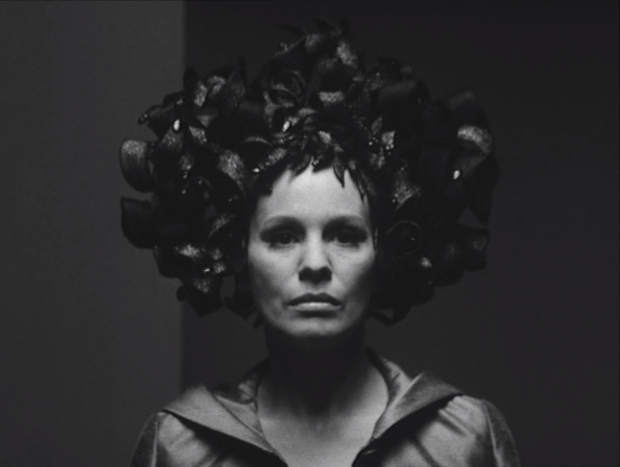
A hidden gem from Ingmar Bergman as he explores a trio of theater actors who are under investigation for the indecent acts during their performances. Shot in expressive Nykvist black-and-white close ups and claustrophobic spaces, the film certainly feels like a play, coming from a master who directed plays in between making films.
Relying heavily on a horror-like atmosphere and fable-like mood to an explosive ending you knew and didn’t know was coming, Bergman explores the human psyche amongst his trio of actor regulars Gunnar Bjornstrand, Ingrid Thulin, and Anders Ek. As the film unfolds, we learn of the characters, their play, and the surrounding mystery of ‘the rite.’ But Bergman treats his film like a play with minimalist locations, heavy reliance on dialogue, and simple camerawork; it was almost like he filmed a play in a few rooms, much like later in his television career.
Any Bergman fan or fan of films that pack an explosive punch theatrically that a small theater group would perform on the corner of the city, this film is not to be missed.
7. The Tales of Hoffman (1951) – Michael Powell and Emeric Pressburger
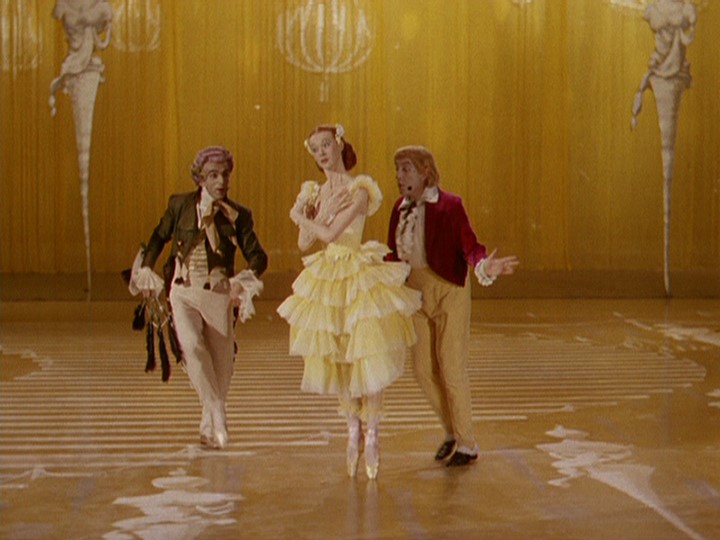
A filmed opera done as a film and not a live performance, as the Archers learn all from the masterful “The Red Shoes,” but instead of a sequence toward the end, the entire film is in balletic, cinematic form. Consisting of three stories, tied together with a prologue and epilogue, it’s a wonderful adaptation from Jacques Offenbach’s opera.
Shot in a way that an audience member can almost watch from their seats, with some more close-ups and medium shots, it comes vividly alive, with its colors, costumes, makeup, props, design, and lighting. None of the technical feats of theater and film are ignored here, but are taken to new heights, incomparable to any adaptations before or since.
As the literal curtains ascend and descend, it’s as if we watched an opera on screen. The Archers knew what they wanted to achieve with their vision and they certainly did.
8. Birdman (2014) – Alejandro G. Inarritu
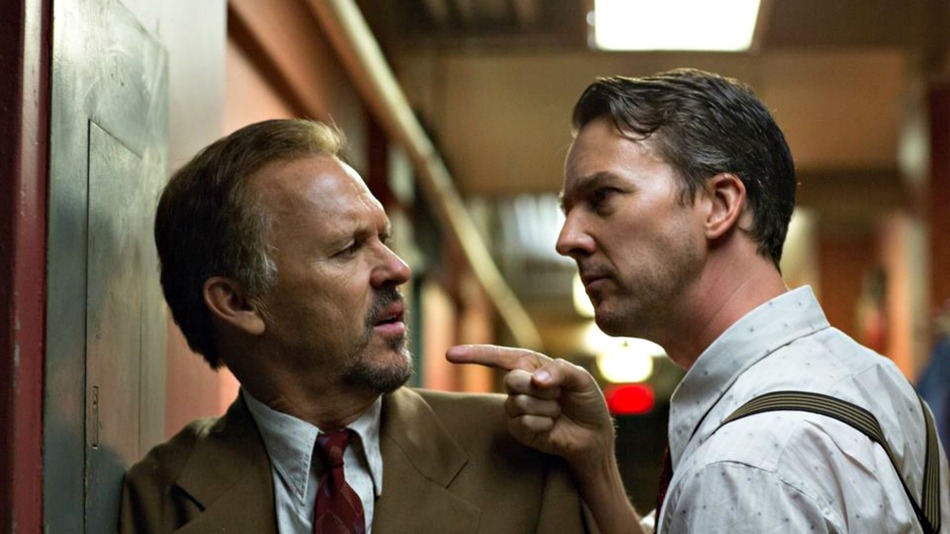
This film that is designed as a one-take wonder as it would be in a play, Inarritu takes all the great aspects of theater and film and delivers it in one film, a la one take. The film explores many elements of dark comedy, magical realism, ambition, malaise, relationships, and the creative process without ever losing steam but continually layering upon each other.
Michael Keaton gives the performance of his career as a former comic book hero looking for a comeback on Broadway, while dealing with his many eccentric performers and family members. What makes the lines blur is the no-editing concept as the audience must look at the given actor or actors in close proximity, much as we do on stage. We are essentially the editors and must determine the reactions, emotions, and physicality of everyone not on screen, also not on stage, or simply in the background.
The film can certainly work in typical fashion but would lose so much of the grandeur and creativity along the way. In the end, the style fully supports the substance in this manner.
9. Noises Off (1992) – Peter Bogdanovich
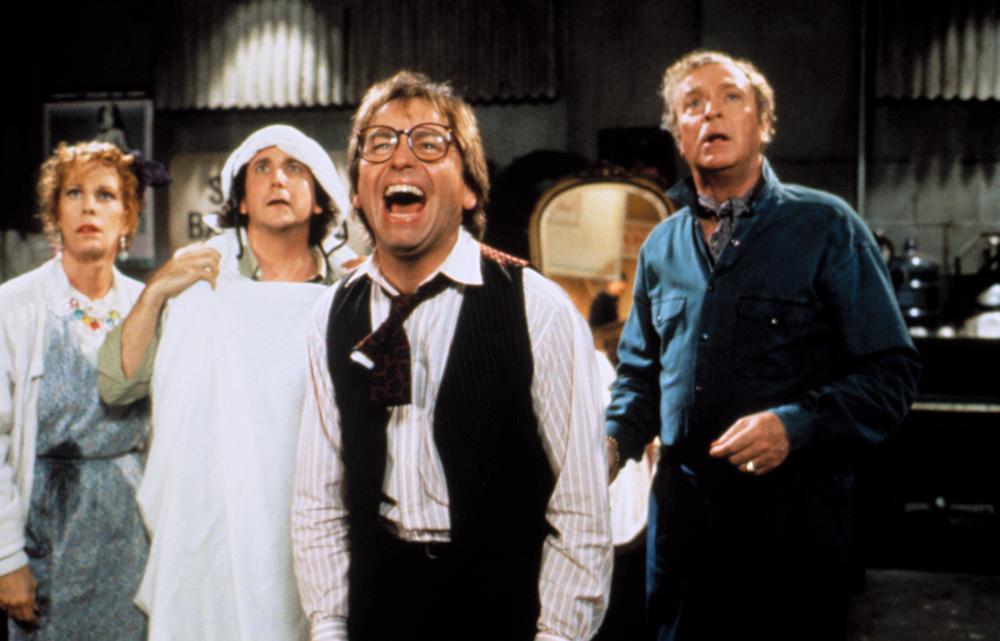
A film about a theater group experiencing so much turmoil behind the scenes, it’s impossible not to ruin the actual play at hand. Adapting the 1982 play by Marty Kaplan, Peter Bogdanovich uses wide screens on a practical set to showcase his overlapping dialogue, blocking, and staging.
It’s a film that certainly fits in Bogdanovich’s films of screwball and offbeat comedies. While it’s a hard film to resist with the charm and performances, it really captures the essence, lunacy, and behind-the-scenes work of a play. Of course, laughing hysterically in the midst. However, instead of just a straight farce, the play actually adds layers to the production of the play and film.
Michael Caine leads a great cast and if anyone wants to watch a film that explores the greatness of the theater while watching a film, look no further and enjoy.
10. Vanya on 42nd Street (1992) – Louis Malle
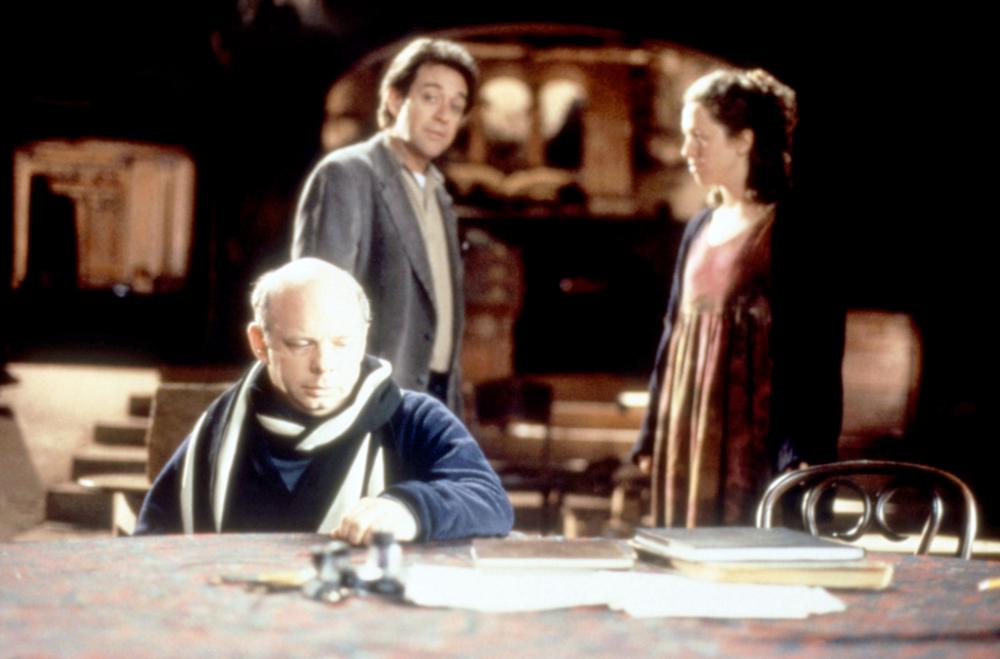
Louis Malle reunited with his “My Dinner with Andre” stars Wallace Shawn and Andre Gregory, who adapted the work from David Mamet, so you know you’re getting a piece that’s original, thought-provoking, and intelligent.
Set in a crumbling theater on Broadway, Gregory stages an adaption of “Uncle Vanya” by Anton Chekov, in the vein of Mamet. What we see is an accurate representation of a play being performed, rehearsed, prepped, attended, lived, and felt by the actors. It’s a play for lovers of the theater and for the actors who dedicate their lives to them.
Filmed at a transitioning time in New York City, it captures a bygone era. Simultaneously, it was released right as the American independent film scene bolted into the industry. So Malle’s film seems weirdly placed in transition, which in time, adds to the updated Russian adaptation, filmed theater experiment, and performances at hand. With this much love and admiration for theater, it’s so wonderful that lovers of the theater captured it on celluloid.